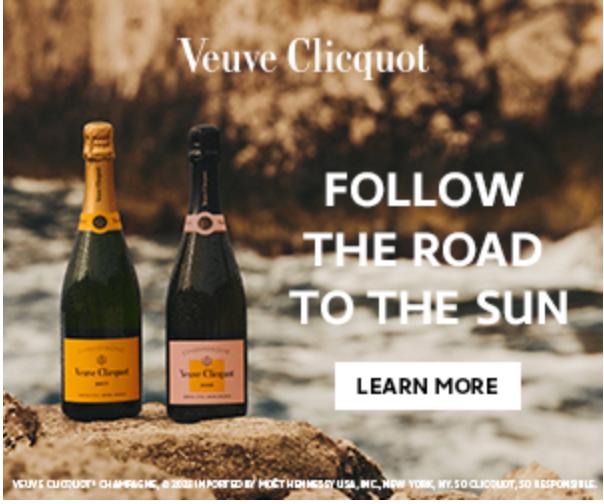NYC Parks Celebrate the Opening of New Cafe in Historic McCarren Park House
NYC Parks Commissioner Sue Donoghue will join the operators of the new McCarren ParkHouse Aaron Broudo and Belvy Klein, and community members to cut the ribbon on a new café in North Brooklyn’s most popular park.
The new eatery is located in the historic McCarren Park House which benefited from more than $3M invested by the operators to expand and upgrade the space to accommodate dining, parks staff operations offices, and new public bathrooms.
McCarren ParkHouse café features four unique vendors operating in unison, offering sandwiches, ice cream, coffee and more, seven days a week.
The planned venue, to be called McCarren Park House (with an address of 855 Lorimer St.), was first announced in January 2020.
It will be operated by the team of Aaron Broudo and Belvy Klein, who were awarded the business by the Parks Department.
They formerly ran Greenpoint’s Brooklyn Night Bazaar venue, and currently operate both the Jacob Riis Park and Rockaway Beach boardwalk concessions.
Appearing in front of Community Board 1’s SLA Review Committee on July 27, where the duo was recommended for a liquor license, additional details surfaced. They will serve coffee in the mornings, from 8 am until 11 am, which is when the restaurant opens. It will close at 11 pm on weekdays and 1 am on weekends, which is when the park itself closes.
The upgraded facility includes more than 100 outdoor seats at picnic tables and 30 seats inside of the building.
Thanks to $3 million in improvements, the building was redesigned to meet the needs of the general public, café patrons, and Parks staff in a seamless space that encourages circulation and access for all.



